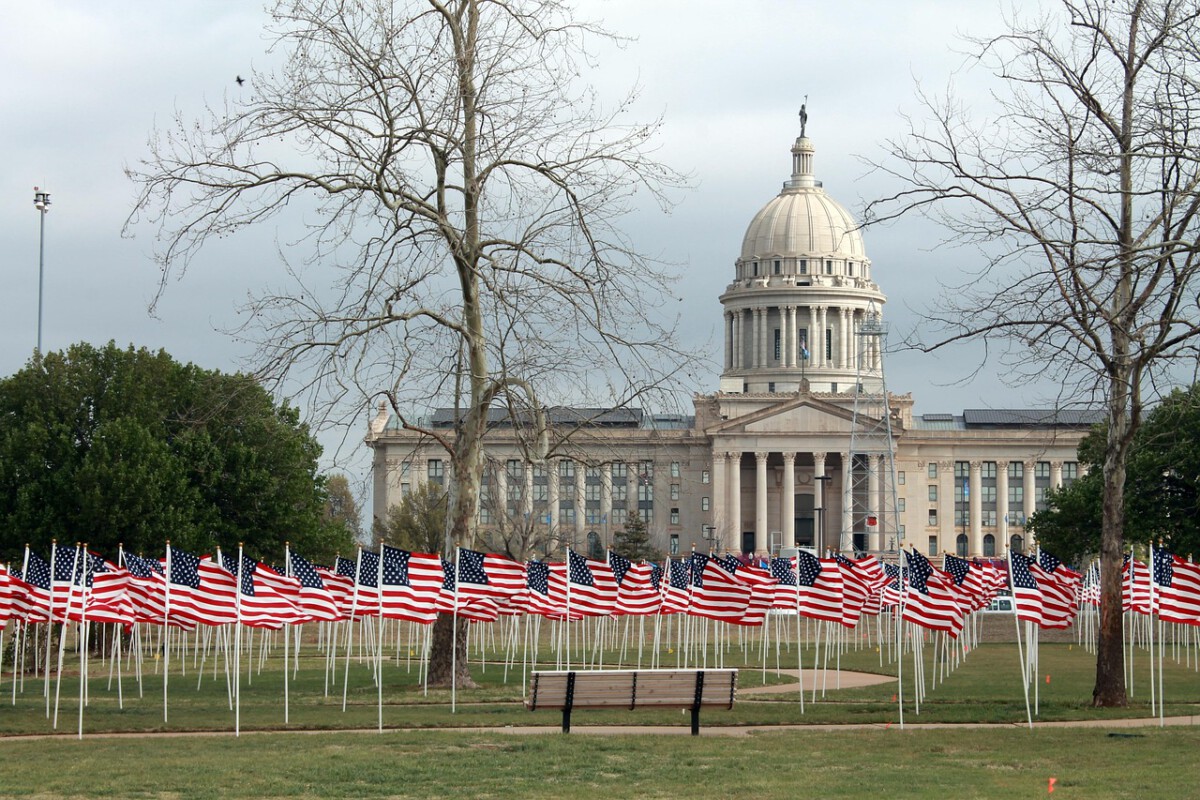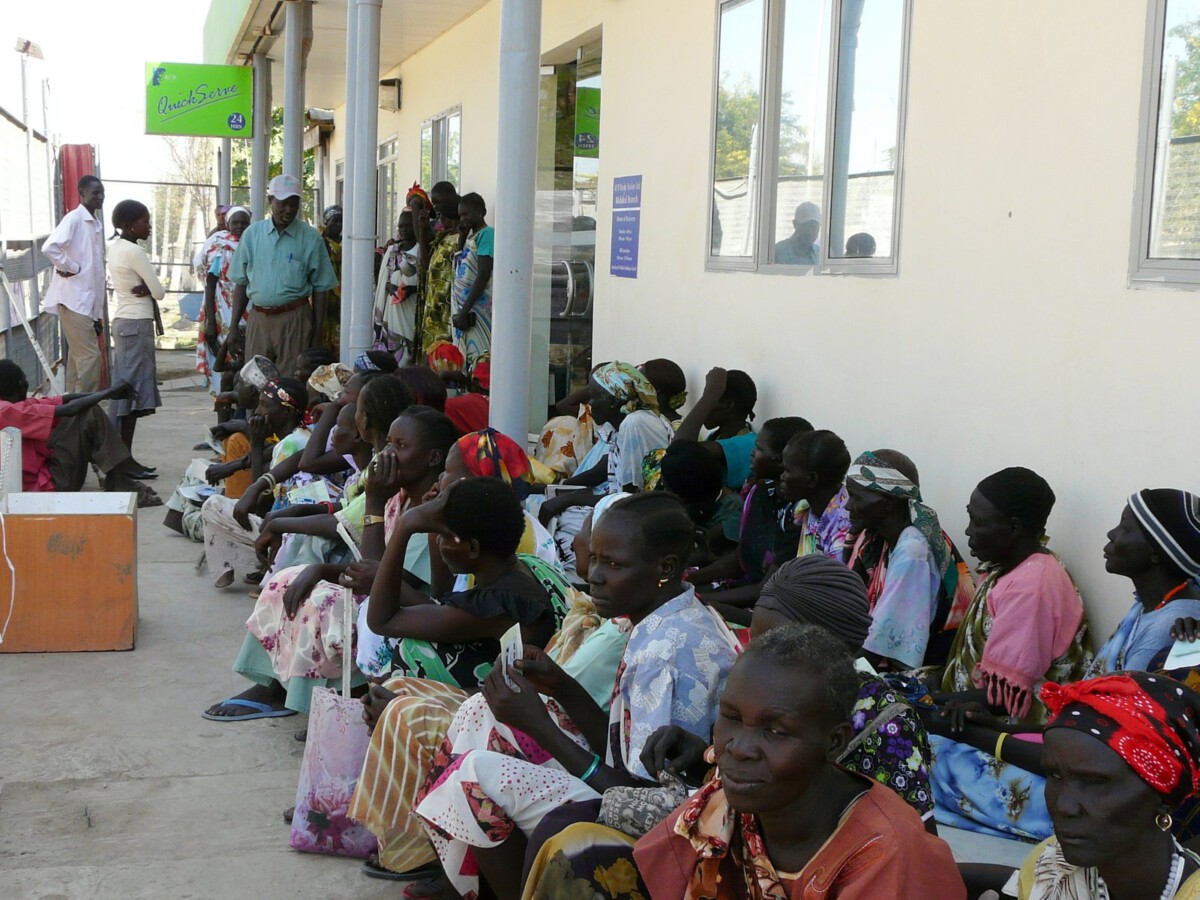When Numbers Tell The Real Story
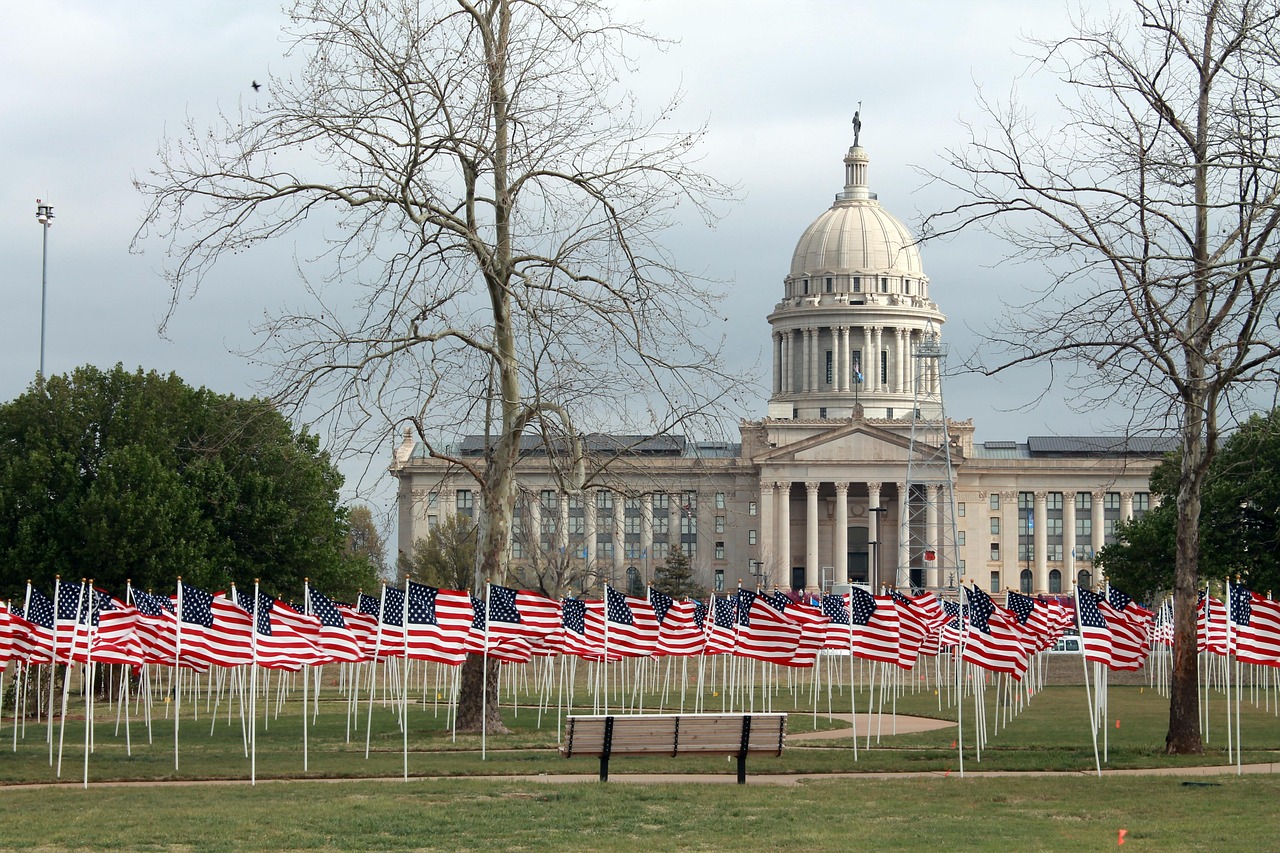
The statistics about Oklahoma paint a picture that extends far beyond state lines—they’re a mirror reflecting America’s deepest societal challenges. Oklahoma’s population in 2025 is estimated to be 4,088,380, reflecting steady growth over the years according to the World Population Review. This places Oklahoma on the verge of surpassing the significant milestone of 4.1 million residents. In 2023, about 15.9 percent of Oklahoma’s population lived below the poverty line. This was a slight increase from the previous year, when about 15.7 percent of Oklahoma residents lived below the poverty line. While population growth suggests progress, the persistent poverty tells a different story—one that mirrors national struggles with inequality. The disconnect between surface-level growth and underlying hardship isn’t unique to Oklahoma; it’s the American paradox made visible.
The Geographic Split That Echoes Everywhere
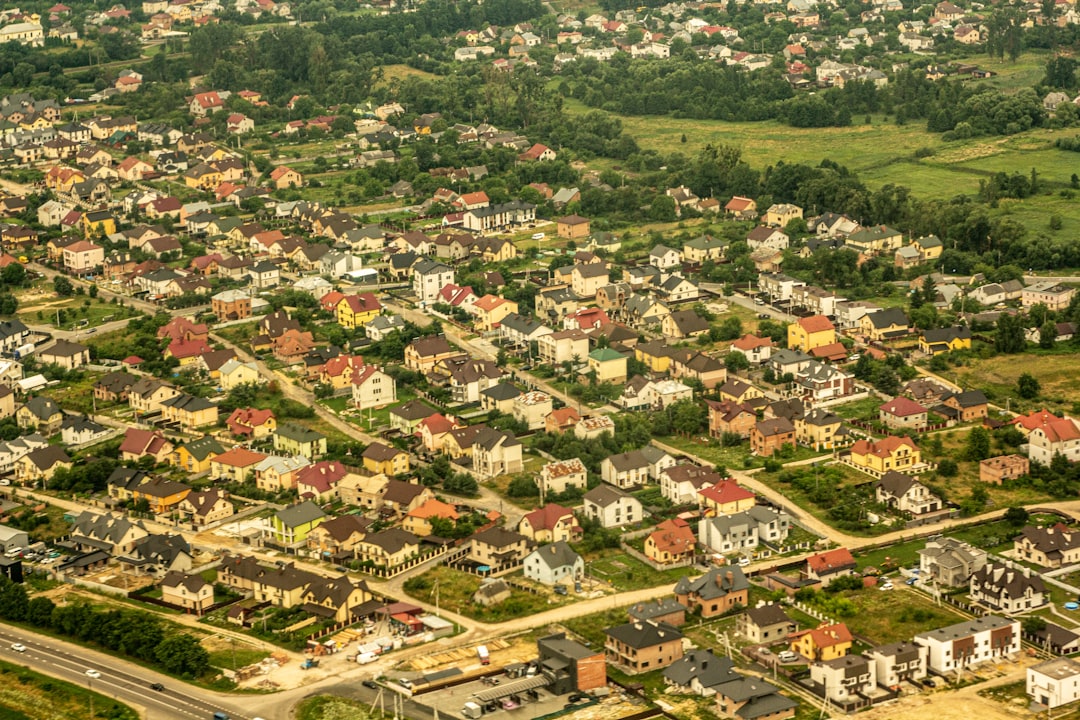
Oklahoma’s population growth centers around its major metropolitan areas, with Oklahoma County and Tulsa County both growing over 2.5% since 2020. Suburban areas show dramatic growth, with Wagoner County increasing 16% and Canadian County growing 21.6%. However, rural counties, particularly in the panhandle and western regions, face significant population losses, with Dewey County declining 9.5% and Cimarron County down 8%. This urban-rural divide mirrors what’s happening across America—cities and suburbs boom while rural areas struggle. About half of Oklahomans live in a rural area, and 68 of the state’s 77 counties are classified as rural. Residents in those areas tend to be older, poorer and less educated than those in urban areas and they have less access to health care, according to the OSU Center for Rural Health. It’s the same story from coast to coast: opportunity clusters in metropolitan areas while rural communities watch their young people leave and services disappear.
Educational Crisis That Haunts the Nation
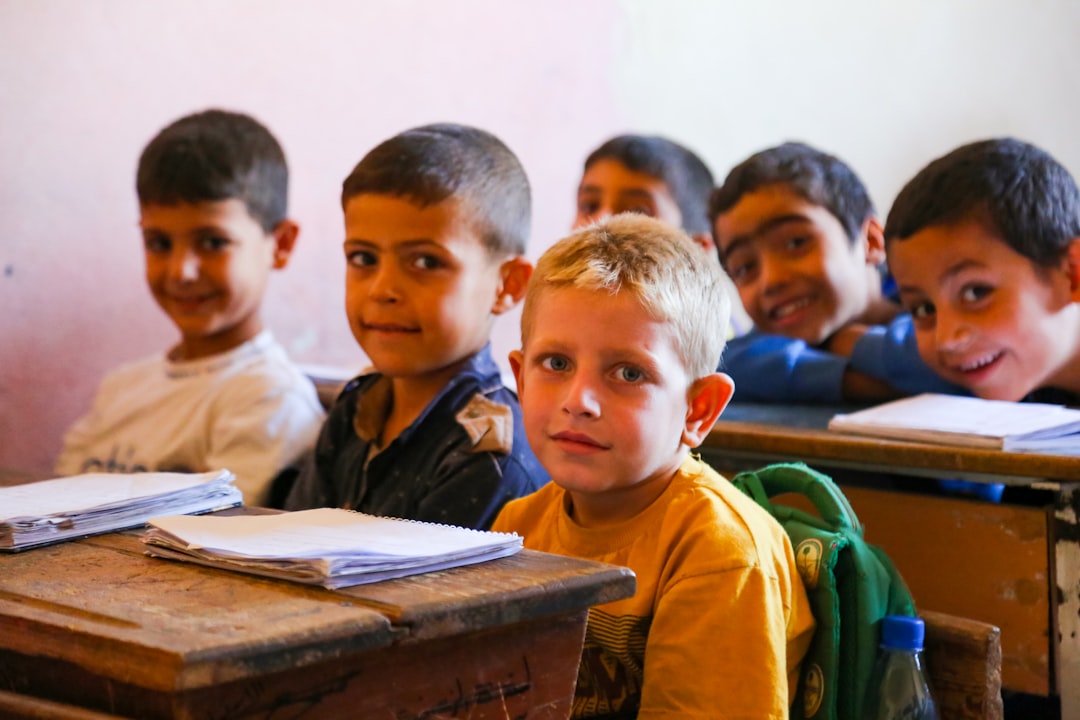
U.S. News & World Report’s 2024 review places Oklahoma 49th out of 50 states, reflecting poor performance in standardized test scores and graduation rates, as well as in higher education statistics such as college graduation. WalletHub’s 2024 ranking, which also places Oklahoma at second-worst state for education overall, extends their analysis to include student safety by measuring school violence and bullying. While Oklahoma ranks 35th in school safety, the state’s quality of education ranks only above New Mexico’s. These rankings aren’t just about Oklahoma failing—they’re about American education’s broader struggles. The Annie E. Casey Foundation’s 2024 report on child wellness lists Oklahoma 49th in education, assessing standardized proficiency scores and high school graduation rates. When states consistently rank at the bottom year after year, it reveals systemic problems that go beyond individual state policies.
Healthcare Deserts and National Neglect
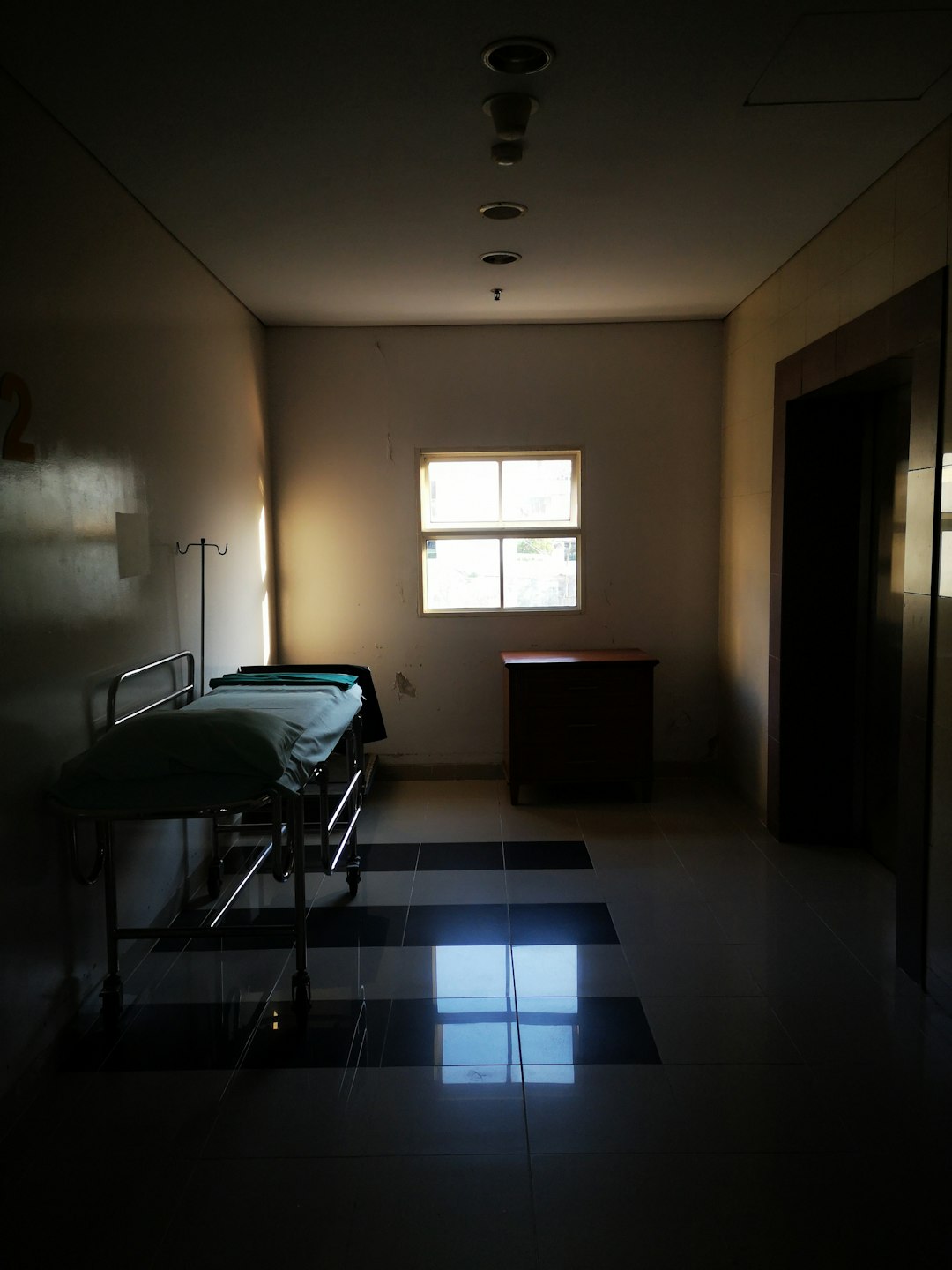
According to April 2025 data from the Center of Healthcare Quality and Payment Reform, nine rural hospitals have closed in Oklahoma since 2005. Sixty-seven percent of rural facilities operate with losses on services, and 59% are at risk of closing. The center’s report states that most at-risk hospitals are in isolated communities, where closures would force residents to travel long distances for emergency and inpatient care. This healthcare crisis isn’t Oklahoma’s alone—it’s America’s rural healthcare story. This is particularly true for primary care, as Oklahoma was ranked 44th in the nation in access to a primary care physician in a 2011 report by the American Medical Association. “We see some people come in here with chronic illnesses that if it had been caught earlier they would have had a better quality of life, for sure,” said Lee Simpson, a physician assistant at the Helton Clinic in Coalgate. When rural hospitals close, communities die—and this phenomenon repeats from Appalachia to the Great Plains.
The Racial Reality America Pretends Doesn’t Exist
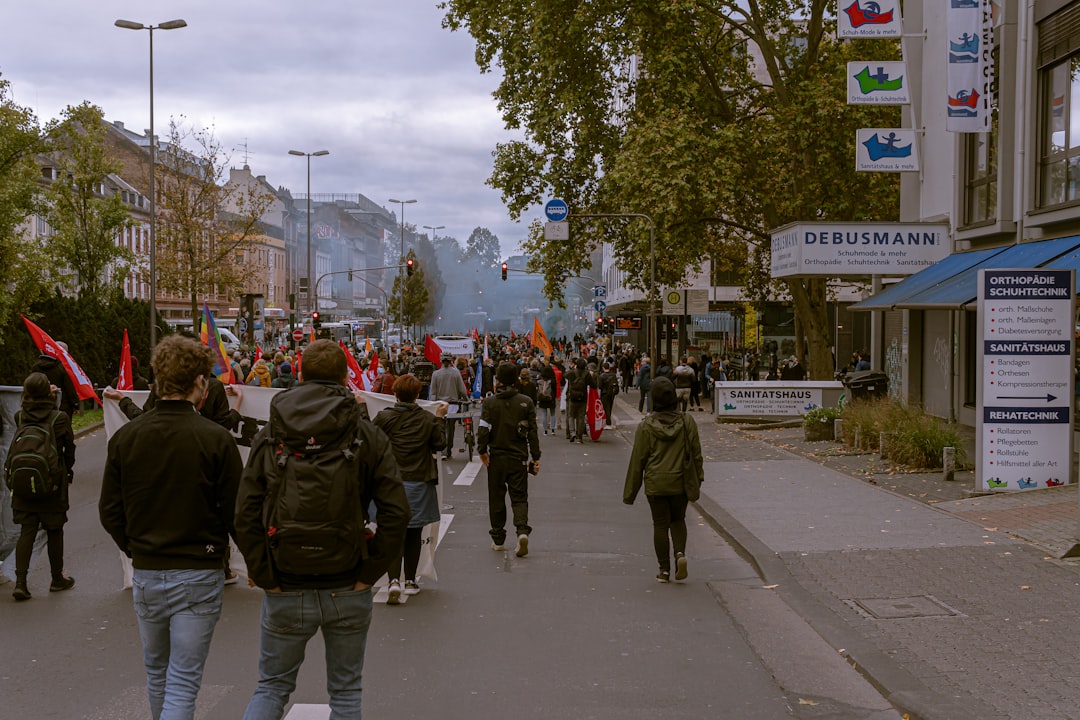
The racial composition of Oklahoma includes 66.79% White, 7.39% Native American, 7.07% Black or African American, 3.42% other race, and smaller percentages for Asian, Native Hawaiian or Pacific Islander and multiracial populations. The census data showed not all Oklahomans struggle equally with poverty. The rates among Blacks, Latinos and Native Americans in the state have increased, showing more than 1 in 6 Oklahomans of two or more races lived in poverty. Oklahoma’s racial demographics reveal the same disparities that plague every American state—communities of color face disproportionate poverty, limited access to quality education, and reduced healthcare options. The numbers don’t lie about who bears the heaviest burden of America’s systemic inequalities.
Housing Crisis That’s Gone National
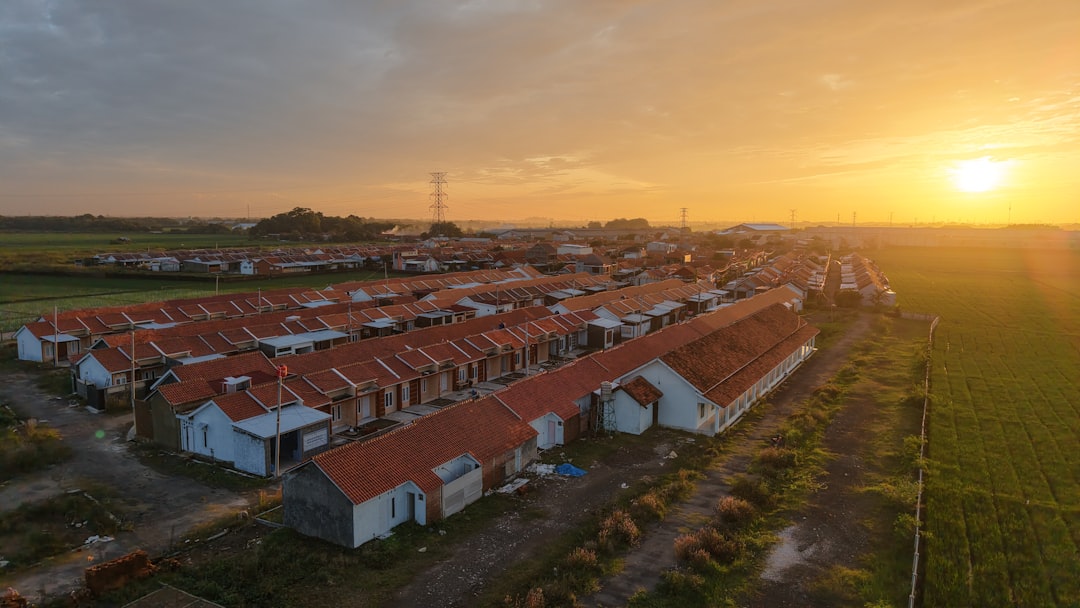
Records from the Legal Aid Service’s Civil Court Data Initiative show Oklahoma and Tulsa County reported more than 100,000 eviction filings between March 2020 and March 2024. In 2022 alone, the Eviction Lab reported 96,000 eviction filings statewide. Those numbers were high because rents had increased over the past few years while the minimum wage remained stagnant. Even in Oklahoma, where housing costs are traditionally lower than national averages, people are struggling to stay housed. The median sale price of homes in Oklahoma City increased by a modest 0.4% year-over-year, reaching $259,990 in December 2024. This small but positive growth indicates a stable market with consistent demand, despite broader economic factors that may influence housing trends according to Redfin. If affordable housing is becoming unattainable in Oklahoma, imagine what’s happening in states with higher costs of living.
The Labor Market’s False Promise

Unemployment numbers have decreased gradually, with the most notable drop to 66.8 thousand in October 2024. The Unemployment Rate declined from 3.5% in May to 3.3% in October, indicating improved economic conditions and job availability in Oklahoma. Oklahomans are also underpaid and underemployed. Nearly one in three jobs are in occupations where the median pay is below poverty level, and these jobs comprise an ever-increasing share of the labor market. The state ranks 5th nationally for the share of adult workers that are not fully employed (11.4 percent). Low unemployment numbers mask the reality that having a job doesn’t guarantee escaping poverty. This is America’s working poor reality—people are employed but still can’t afford basic necessities.
Economic Growth That Doesn’t Trickle Down
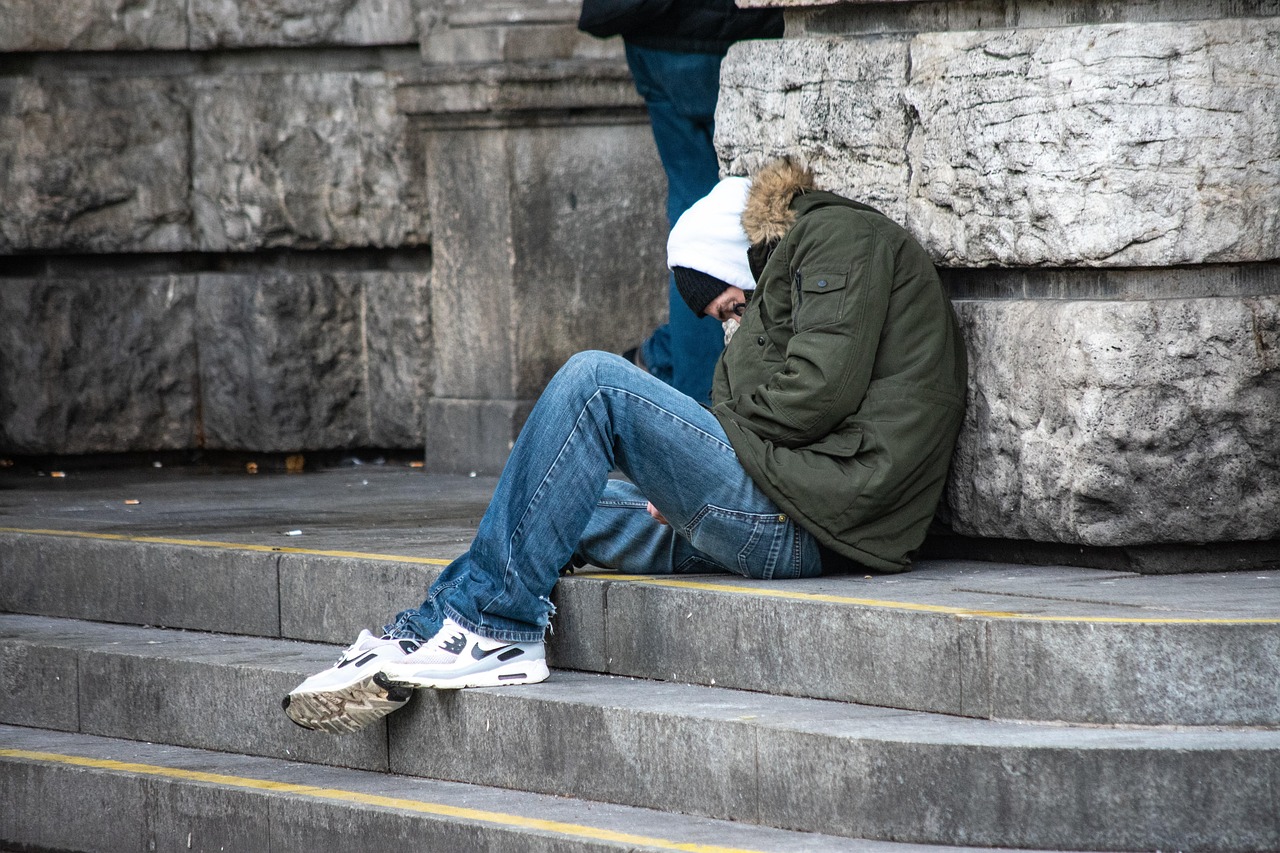
Oklahoma’s average per capita income is $44,967. Household income levels show a median of $63,603. The poverty rate stands at 15.33%. Oklahoma’s average and median household incomes are significantly lower than the national averages, by 20% and 18%, respectively according to the In Despite Oklahoma’s energy resources and growing aerospace sector, the benefits aren’t reaching ordinary families. Additionally, with a natural resource base abundant in oil and natural gas, the state has and will continue to have access to a growing revenue base. Poverty does not persist in Oklahoma because we’re not prosperous. It persists because we’re not leveraging those public and private resources to achieve prosperity that can be widely shared. This reflects a national pattern—economic growth benefits those who already have wealth while leaving working families behind.
Political Dysfunction That Blocks Solutions

Democrats said the Republican-controlled legislature and Gov. Kevin Stitt have been inconsistent in efforts to decrease the poverty rate. This year, the legislature passed a $12.6 billion budget but the House’s minority leader said it does little to reduce poverty. State Rep. Cyndi Munson, the Democratic leader in the House of Representatives, said she supported the cut in the grocery sales tax, but said this year’s budget doesn’t do much to help the one million Oklahomans who need assistance. Oklahoma’s political gridlock over poverty solutions mirrors the dysfunction in Washington and state capitals nationwide. governor’s decision to push a statewide vote on minimum wage until 2026 slows down efforts to increase income for low-wage workers. Hamby said state lawmakers can work on different solutions such as investing in child care, paid family leave and making the tax system fairer. When politicians prioritize ideological battles over practical solutions, ordinary people pay the price.
The Children Who Bear the Heaviest Cost
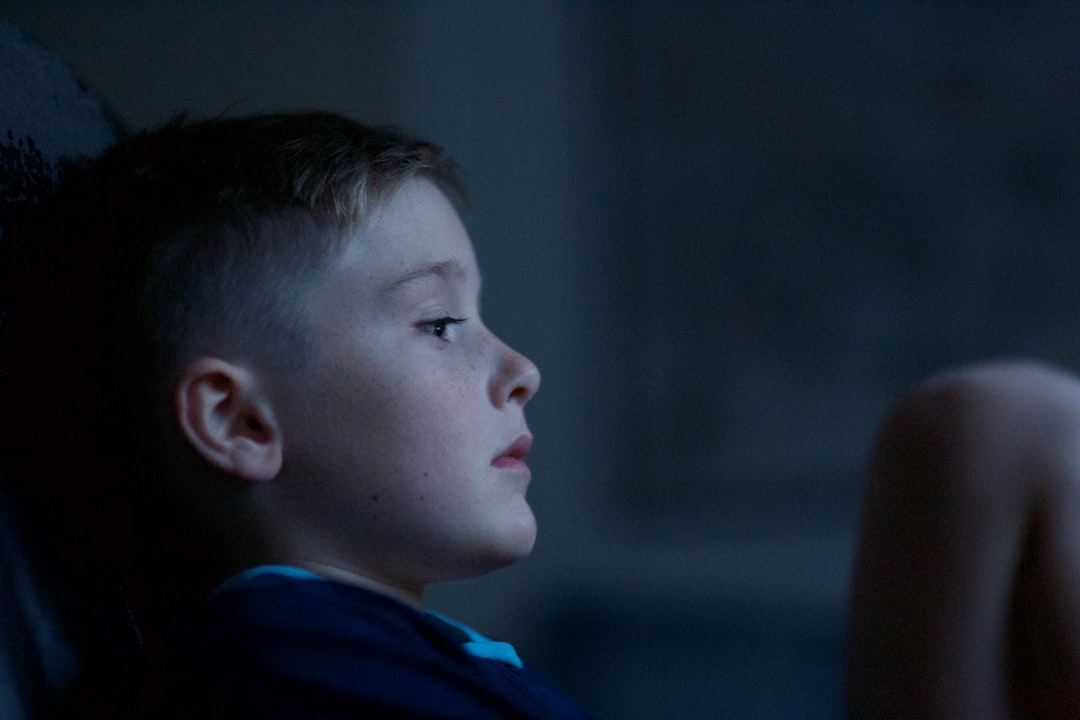
The data shows poverty is concentrated in the state’s children, with 1 in 5 living at or below the federal level. Oklahoma Policy Institute Communications Director Dave Hamby said pandemic-related funding dedicated to children helped lower the rate of child poverty. However, once they expired, the rate went back up. According to the 2021 Census Bureau population estimates, nearly a quarter (24.1%, 961,530) of the Oklahoma population was less than 18 years of age. Individuals aged 65 years and older made up 16.2% of the population, and roughly 60% of the population was between 18 and 64 years of age. Child poverty in Oklahoma reflects America’s moral failure—we have the resources to ensure every child has food, healthcare, and educational opportunities, but we lack the political will. When children suffer, we’re stealing from our future.
The Cultural Forces That Shape Reality
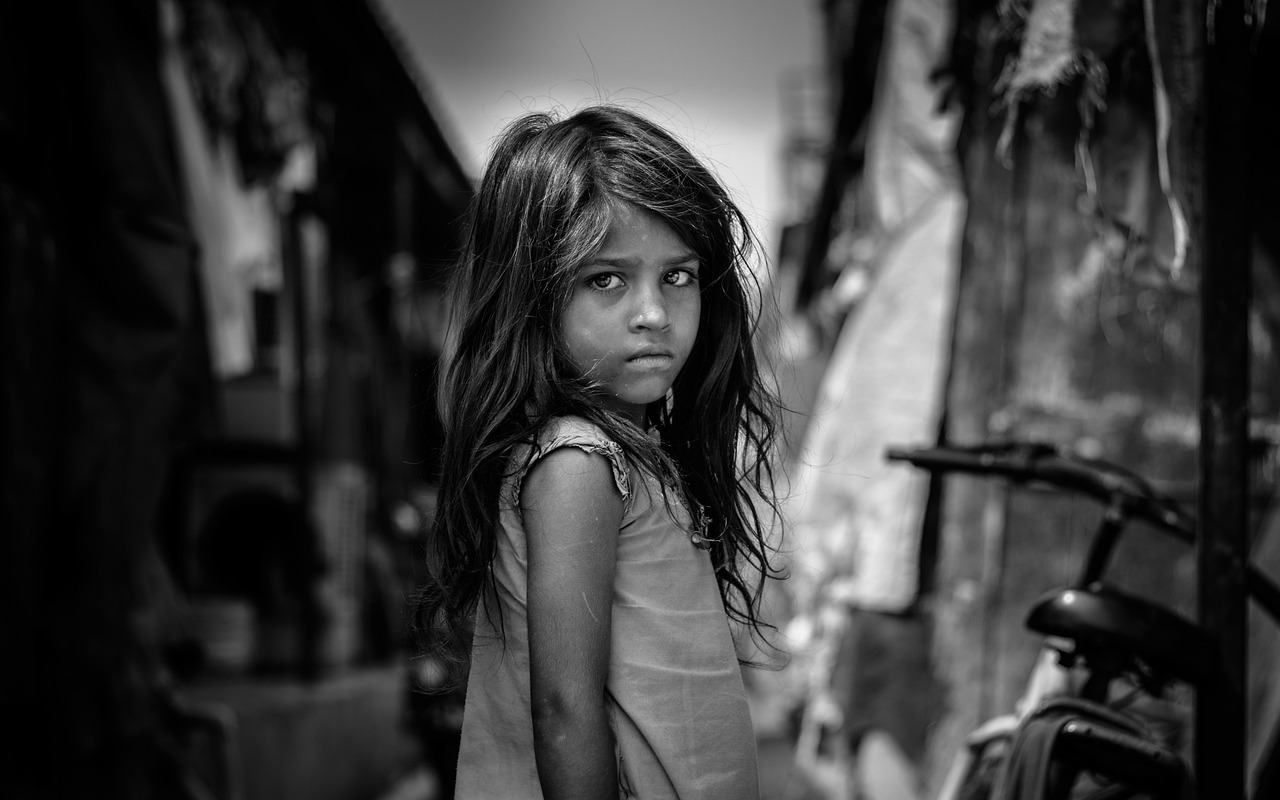
The answer is that they can’t because poverty is like an illness! Research has uncovered a troubling aspect of the psychology of poverty. The stress of poverty and the overwhelming task of making difficult decisions on a daily basis over a prolonged period fundamentally changes brain chemistry and erodes one’s ability to make rational choices. Oklahoma’s struggle with generational poverty reflects deeper cultural and psychological factors that affect millions of Americans. “Poverty isn’t a line,” author Matthew Desmond wrote. “It’s a tight knot of social maladies. It is connected to every social problem we care about – crime, health, education, housing and security and – and its persistence in American life means that millions of families are denied safety and security and dignity in one of the richest nations in the history of the world.” The mindset that traps people in poverty isn’t just about individual choices—it’s about systems that limit options and create cycles of despair.
When Hope Requires Structural Change
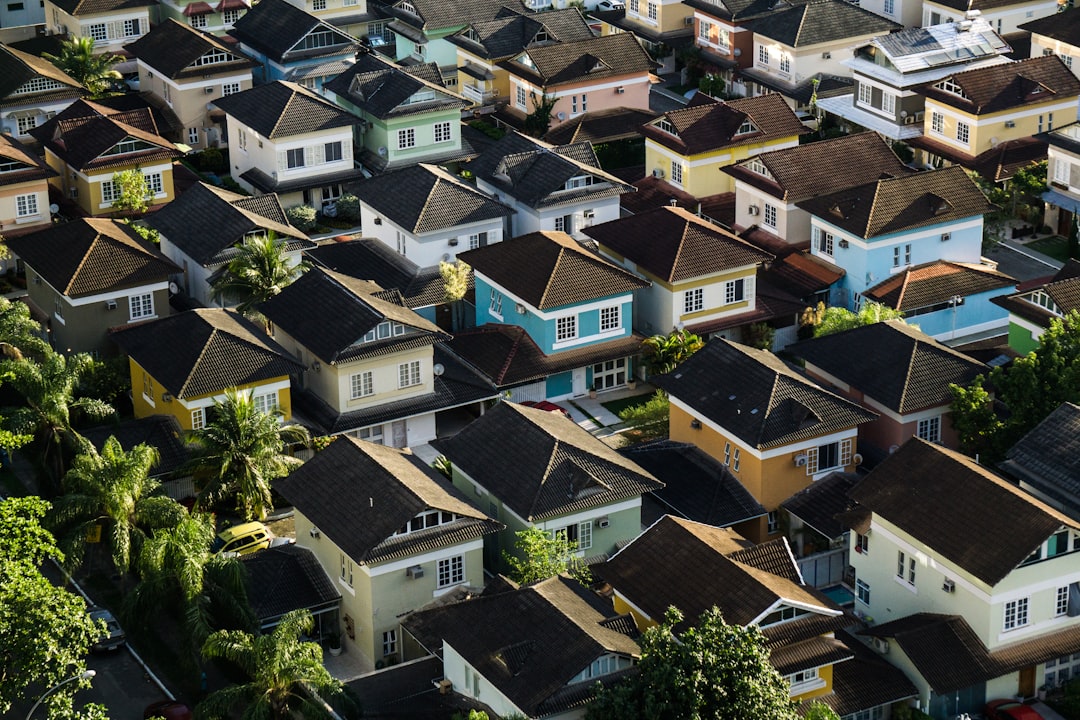
He said he believes the state can eventually lower the poverty rate. He urged the legislature to develop policies that expand housing opportunities for low-income residents and continue the push to improve the state’s educational system. “I would recommend that we start with significant investments in affordable housing for our folks,” he said. When we focus on policy solutions that address specific poverty needs, we can improve the well-being of folks Hope exists in Oklahoma and across America, but it requires acknowledging that individual effort alone won’t solve systemic problems. Real change demands comprehensive policy solutions that address housing, education, healthcare, and wages simultaneously. Oklahoma’s challenges aren’t unique—they’re America’s challenges made visible in one state’s statistics and struggles.

